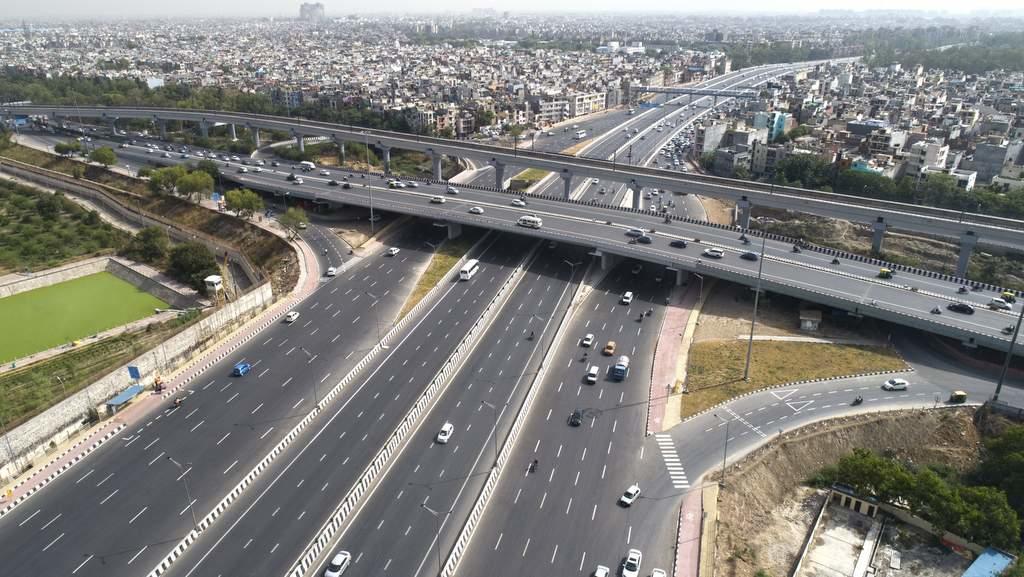After the completion of four and a half year, PM Modi led government has achieved enormous success in the field of Infrastructure development. The construction of 33,361 km of national highways is being achieved under the leadership of PM Modi. The UPA government had been able to construct a meagre 33.308 km in the timeframe of 2008-2014. The NDA government has clearly outdone the UPA when it comes to expanding the road network in India.
The construction target set by the Ministry of road transport and highways for the last two years has been 40km/day and the target for this year is even higher to 45km/day. Under Nitin Gadkari’s leadership, the construction has gone up from 11.7km/day during FY14 to 27km/day in FY18. During April-October this year, highways were built at a rate of 23km/day.
The targets set up by the NDA government seem hard to reach this year, but ambition to expand the network has really helped the government in achieving targets which has never been done before. The award of highway projects, during the first four years of the NDA regime, were 51,073 km, double the level achieved by UPA during in its last four years. The target for awards in 2018-19 is set at 20,000 km, a quarter more than 17,055 km awarded during 2017-18.
This significant milestone was achieved with higher level of efficiency in government-funded projects. The pickup in NHAI’s pace of construction is mainly due to the new hybrid annuity model (HAM). Earlier, there were two main models of highways construction in India- the Engineering, Procurement and Construction (EPC) Model and Public-Private Partnership (PPP) model. In the EPC model, the government bears almost all the costs of the project and is responsible for operations and implementation. The difficulty of this model is the high financial burden on the government. On the other hand in the PPP model, a road developer constructs the road and is allowed to recover his investment through toll collection. In the PPP model, the developers hardly ever deliver the projects on time.
Apart from this, the NDA government has taken several measures to address the problem of the investors. It has eased the exit policy enabling the developers to take up new projects and expedited the land acquisition process. The government has introduced a one-time infusion policy for projects, which were lagging behind due to the paucity of funds. Efforts of the NDA government have really turned around the pace of construction on contrary to the UPA’s tenure.
According to analysts, project pace is going northwards and has improved significantly under the current regime. This government has taken up the problems of land acquisition, environment clearances and low toll receipts and this step has helped in setting up an ambitious target. Infrastructure development is very important for a country and plays an important role in its growth. The NDA government has set the tone for a better India.
